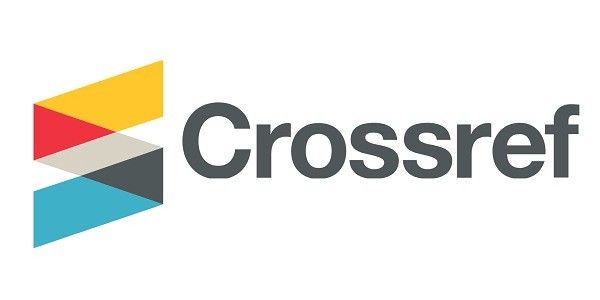Endophytics Bacteria from Pangi Fruit (Pangium edule REINW.) and Its Potential as Producer of Antibacterial Compound
DOI:
https://doi.org/10.55724/jbiofartrop.v7i2.470Abstract
Natural antibacterials can be derived from various types of plants, one of which is the Pangi plant (Pangium edule REINW.). Pangi fruit contains an antioxidant and antibacterial compound that can inhibit bacterial growth. This study aims to determine the isolates of endophytic bacteria contained in Pangi fruit and its potential as a producer of antibacterial compounds against Escherichia coli and Staphylococcus aureus bacteria. This study used exploratory description research method. Results Isolation research of endophytic bacteria from Pangi fruit obtained seven isolates. Each Isolate has a different morphology both from the shape, color, edges, and colony elevation. Based on the results of antibacterial activity testing, each isolate of endophytic bacteria showed different clear zone diameters. Endophytic bacteria showed different clear zone diameters against E. coli (0.75 mm – 4.5 mm) and S. aureus (1 mm – 5 mm). Endophytic bacterial isolates That have the potential as antibacterial with the largest clear zone diameter are Isolate PA 2.1 (4.5 mm) against E. c oli and isolate PA 3.2 (5 mm) against the bacteria S. aureus. Based on the results of morphological characterization of isolate PA 1.1 has similarities with the genus Basillus sp., isolates PA 1.2, PA 1.3 PA 2.2, PA 3.1 and PA 3.2 have similarity with the genus Basillus sp. PA 3.2 has similarities with the genus Paracoccus alcaliphilus and isolate PA 2.1 has similarities with the genus Alcaligenes sp.
Downloads
Downloads
Published
How to Cite
Issue
Section
License
Copyright (c) 2024 Natalia V. Sambuaga, Mokosuli Y. Samuel, Helen J. Lawalata

This work is licensed under a Creative Commons Attribution 4.0 International License.














